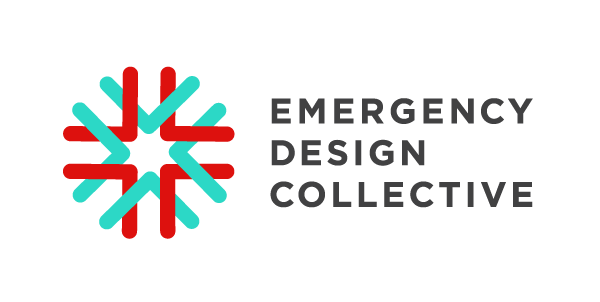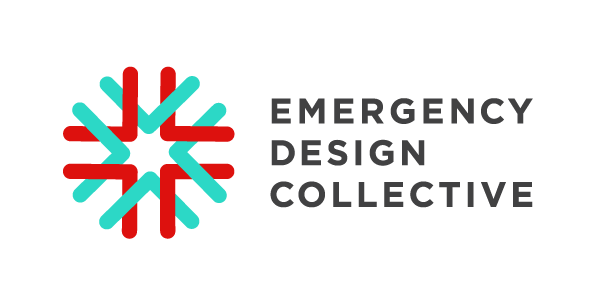Notes from the Field: Provider Education
PROJECT LEAD: Dr. SV Mahadevan, Dr. Avinash Patil, Dr. Brain Rice, Dr. Peter Acker and Dr. Matthew Strehlow
PROJECT CONTRIBUTORS: Ana Bel Campos (Presentation and Instructional Designer), Elaine Shen (Medical Illustrator), Grace Wilkerson (Medical Illustrator), Ellen Hayes (Medical Illustrator), Komal Trivedi (Medical Illustrator), Anmol Seth (Educational Strategist), Rory Gilchrist (Project Manager)
AUTHOR: Imane Ridouh
How a small group is working to design an online curriculum for healthcare workers dealing with COVID-19 across the world
COVID-19 is challenging some of the traditional ways a patient with COVID-like symptoms would be treated.
Healthcare workers and scientists are still trying to understand the clinical disease course of COVID-19 and the best ways to treat patients while making sure to protect themselves. Many physicians now treating COVID patients have had little experience managing a challenge like this before. This is confounded by the fact that some current COVID therapies go against conventional medical training. One striking example is the importance of putting COVID patients in a prone, or face down, position. This is not something that is typically done in patients with respiratory difficulty. However, conveying such pearls of wisdom to healthcare providers dealing with or anticipating COVID019 in their communities could change outcomes and save lives.
Another challenge is ensuring healthcare workers protect themselves. Some conventional therapies are potentially hazardous to the healthcare providers because they generate aerosols that may spread the virus through the air, and alternate therapies are more appropriate. This is yet another pearl medical teams across the world could benefit from.
A team of illustrators, educational strategists, and instructional designers have come together through the Emergency Design Collective to partner up with the Stanford Emergency Medicine International (SEMI) program and Stanford’s online medical education group, digital MEdiC, to help address these needs.
How might we convey this information rapidly and effectively to healthcare workers around the world?
In the words of S.V. Mahadevan, MD, founder of SEMI, “our goal is to provide an educational outlet to physicians and nurses around the world on recognizing which patients may have the illness and outlining a stepwise approach to therapy that coveys how they would also protect themselves and other healthcare providers”.
Alongside the SEMI program and Stanford’s digital MediC, the Emergency Design Collective is working to create “design assets”, which are animations, illustrations, and slide layouts that would pair with lectures produced by a group of Stanford physicians. The lecture content is based on the practical experience of physicians on the frontline of fighting COVID-19 at Stanford, as well as reputable information from journal articles and other publications.
There are approximately 40 videos, each up to ten minutes long, divided into step-wise topics like approaching the sick patient, assessing, and treating them based on the severity of their respiratory difficulty. The videos are short to make them easily digestible, and the design contributions of the EDC help bridge gaps in culture, language, and setting. Hospitals across the world look different, so conveying information that is transferable across different models of equipment is critical.
Finally, the videos are meant to be useful to all members of the healthcare team. The target audience includes both nurses and doctors, which means there is no standard background knowledge that can be assumed. Thus, visual design is helpful in providing context and illustrating novel information. This was also an opportunity for innovation – the team hopes to challenge the stereotype of what a physician looks like, for example, by ensuring their illustrations represent both male and female physicians.
Will this work?
In addition to being published on Stanford’s MOOC (Massive Open Online Course), the team also aims to publish the content on other educational platforms, like EdX and Coursera. The potential for global reach of such an endeavor has already been established: in 2014, Dr. Mahadevan’s SEMI program piloted an online Emergency Medicine curriculum at Stanford and Makerere University in Uganda and studied its efficacy and impact. There was no difference in how much the two groups learned demonstrating the impact and potential of asynchronous learning. Without any intentional effort to advertise, the course was viewed by medical professionals from over 130 countries.
By breaking away from the physical constraints of face to face learning, the Provider Education project hopes to effectively impart knowledge to their target audience in the most accessible way.
“IF WE CAN CONVEY SOME KEY PRINCIPLES, WE CAN CHANGE OUTCOMES AND SAVE LIVES”


